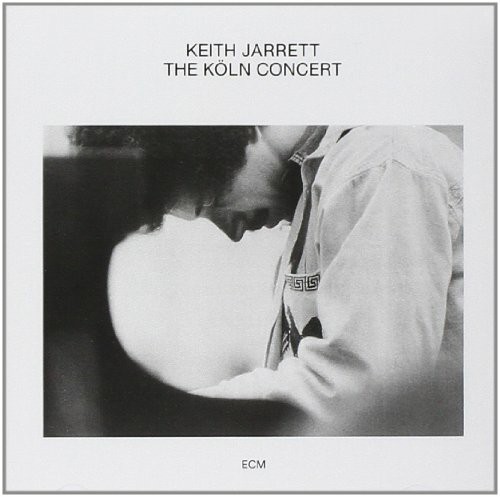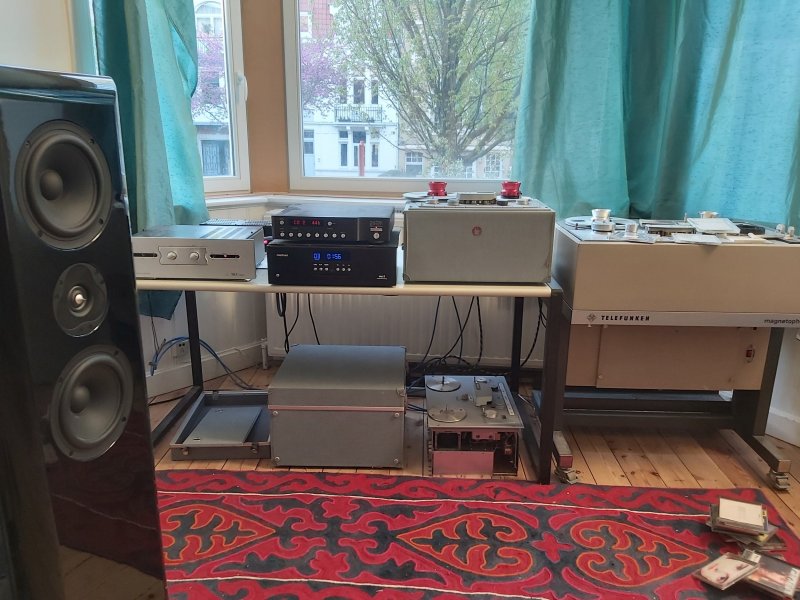Why? I really don't understand.
In this time and age, why do the same recordings on CDs made in different countries/continents still continue to sound so different in quality?
In hindsight I should have known better, but I was too eager to secure a copy before it was completely sold out that I didn't stick to my usual practice of buying music media only from the country/continent where the copyright holder resides. I only realised after the Guns & Roses' Appetite For Destruction Remastered boxset had arrived from Germany that it was manufactured in the EU. So, no choice, I had to search up the version that was made in the USA.
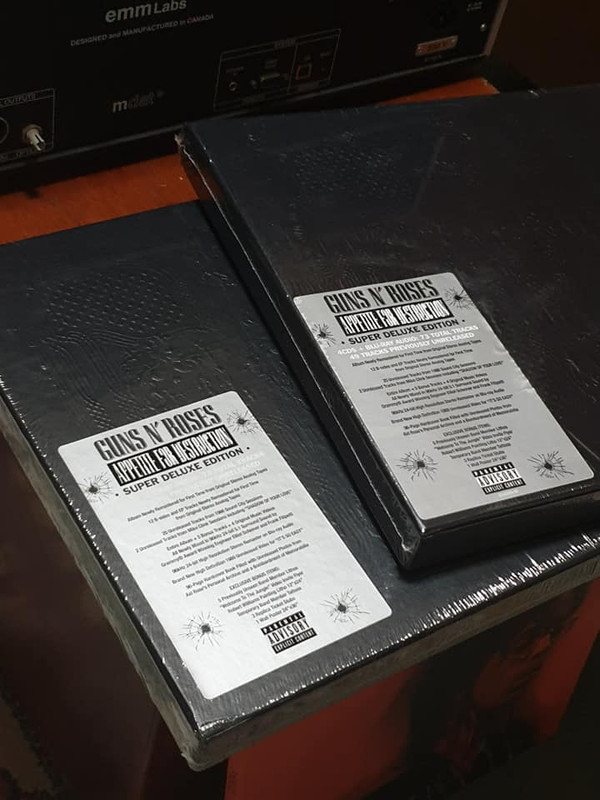
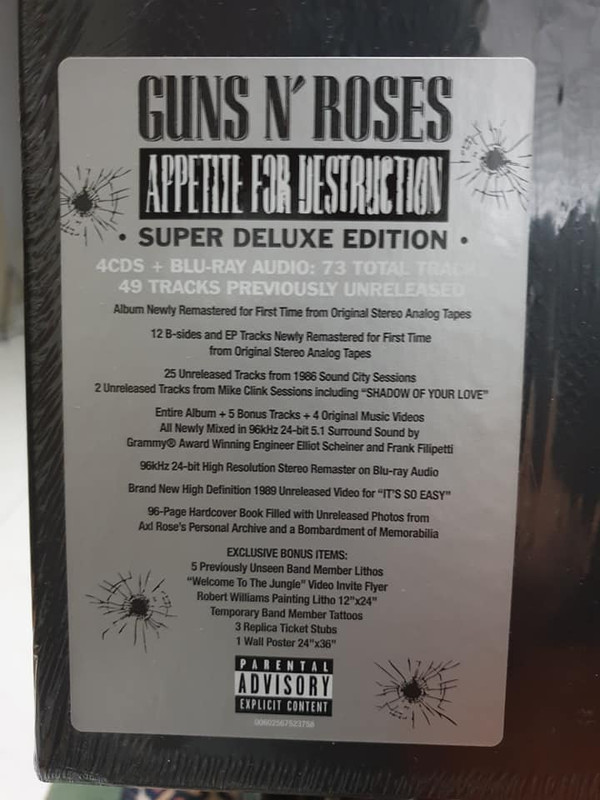
Conclusion after listening to both: buy only the copy made where the copyright holder reside!!!
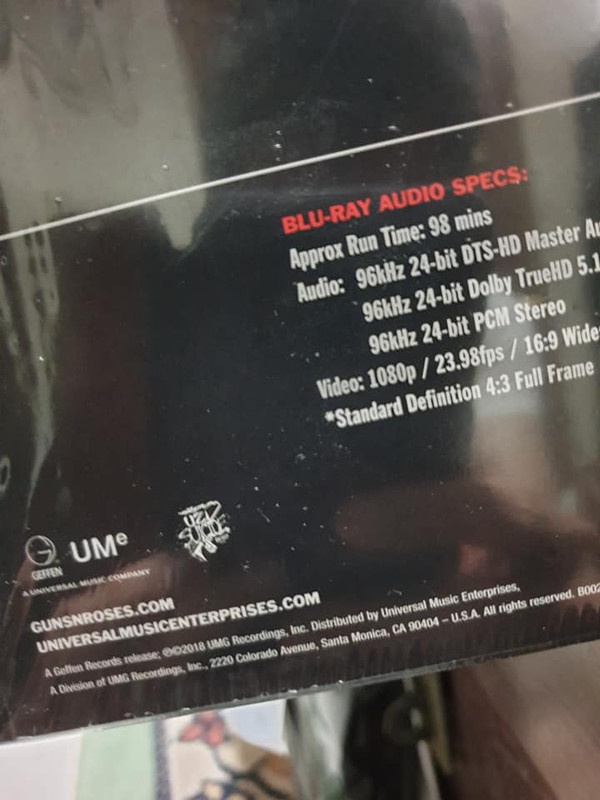

The differences in sonic qualities is so fucking laughable, I just can't get my head around it.
And I'm just using the Sony UDP-X1100ES's analogue output going into the Yamaha WXC-50 streamer/pre-amp, which no doubt converts its analogue input into digital.
Why?
Why is the soundstaging height on the EU copy so much lower? (Nearly 1.5 meter down compared to the USA copy)
What is also surprising is that the soundstaging of the 96kHz/24bit audio on the Blu-ray Audio disc is much smaller compared to the 44.1kHz/16bit red book CD (both USA versions).
When I play the 96kHz/24bit LPCM 2.0 track on the bluray audio disc, through the UDP-X1100ES, the TV display shows that the audio transmitted via the HDMI to the TV is downsampled to 48kHz. Had this also affect the analogue audio output as well?
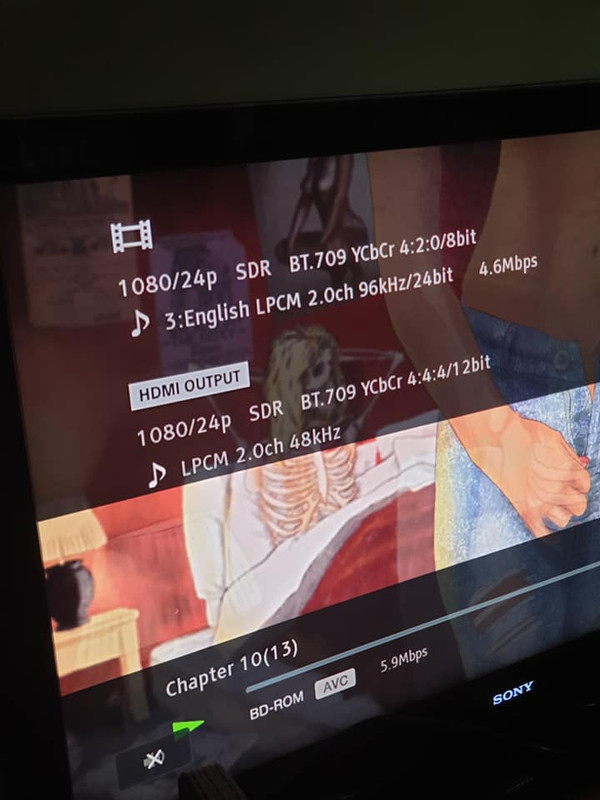
.
In this time and age, why do the same recordings on CDs made in different countries/continents still continue to sound so different in quality?
In hindsight I should have known better, but I was too eager to secure a copy before it was completely sold out that I didn't stick to my usual practice of buying music media only from the country/continent where the copyright holder resides. I only realised after the Guns & Roses' Appetite For Destruction Remastered boxset had arrived from Germany that it was manufactured in the EU. So, no choice, I had to search up the version that was made in the USA.


Conclusion after listening to both: buy only the copy made where the copyright holder reside!!!


The differences in sonic qualities is so fucking laughable, I just can't get my head around it.
And I'm just using the Sony UDP-X1100ES's analogue output going into the Yamaha WXC-50 streamer/pre-amp, which no doubt converts its analogue input into digital.
Why?
Why is the soundstaging height on the EU copy so much lower? (Nearly 1.5 meter down compared to the USA copy)
What is also surprising is that the soundstaging of the 96kHz/24bit audio on the Blu-ray Audio disc is much smaller compared to the 44.1kHz/16bit red book CD (both USA versions).
When I play the 96kHz/24bit LPCM 2.0 track on the bluray audio disc, through the UDP-X1100ES, the TV display shows that the audio transmitted via the HDMI to the TV is downsampled to 48kHz. Had this also affect the analogue audio output as well?

.
Last edited:












